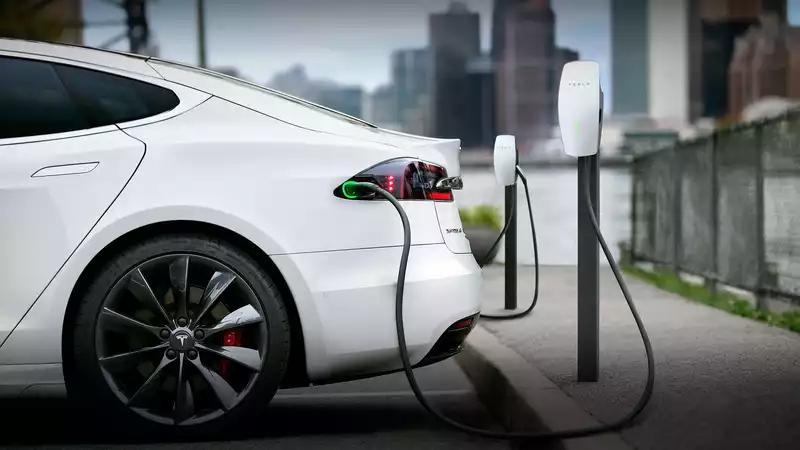Electric vehicle charging infrastructure has improved considerably over the past few years, but there is still a long way to go before EV charging points become as common as gas stations. Fortunately, there is good news for American drivers.
President Joe Biden's $1.2 trillion infrastructure plan just passed the House of Representatives, with $7.5 billion dedicated to EV charging. The goal is to install 500,000 chargers by 2030, which will go a long way toward eliminating range anxiety.
According to the U.S. Department of Energy, there are approximately 125,000 public EV chargers in the United States. This means that more than four times as many new EV chargers will be installed in the next eight years. Clearly, this is a huge problem, especially for those who cannot install chargers in their homes.
Notably, the majority of public chargers in the U.S. are Level 2 AC "fast chargers. These fast chargers take several hours to charge most EVs. In contrast, there are fewer than 6,000 DC fast chargers that can charge an EV in less than one hour.
It is currently unclear how the infrastructure bill funds will be spent and what the ratio of DC to AC charging stations will be. Most will likely be AC chargers, which charge slower but are better for the long-term health of the battery.
People will seek out AC chargers if they cannot charge at home or if they need to charge while shopping or doing other time-consuming tasks.
However, a few more fast charging stations would help dispel the idea of range anxiety. If fast chargers were more accessible throughout the U.S., EV drivers would be less likely to find themselves too far from a suitable charger when their batteries are running low. This is especially true if they are installed in rural areas where EV infrastructure is currently inadequate.
The only question is whether the 500,000 unit figure will be enough to meet demand come 2030. Electric vehicle sales are on the rebound, and many automakers have announced plans to increase all-electric vehicle sales by the end of the decade. Biden itself has stated that it wants 50% of new car sales to be electric by 2030.
This is not as ambitious as some European countries such as the UK and Sweden, which will ban new gasoline and diesel car sales by 2030. However, more electric vehicles should be on the road in the coming years, and they need to be able to recharge.
Thankfully, with or without infrastructure legislation, EV charging infrastructure is on the rise. Companies like Electrify America have announced plans to invest in new infrastructure, and automakers like Rivian and Tesla are investing in their own charger networks.
Tesla deserves particular attention. Tesla is particularly noteworthy because it has just launched a pilot plan in the Netherlands that will allow other automakers besides Tesla to access the Supercharger network. According to Elon Musk, this will happen in the U.S. as well, with 1,000 Superchargers open to EV drivers across the country. In other words, range anxiety as a concept is disappearing, and these changes are accelerating the process.










Comments